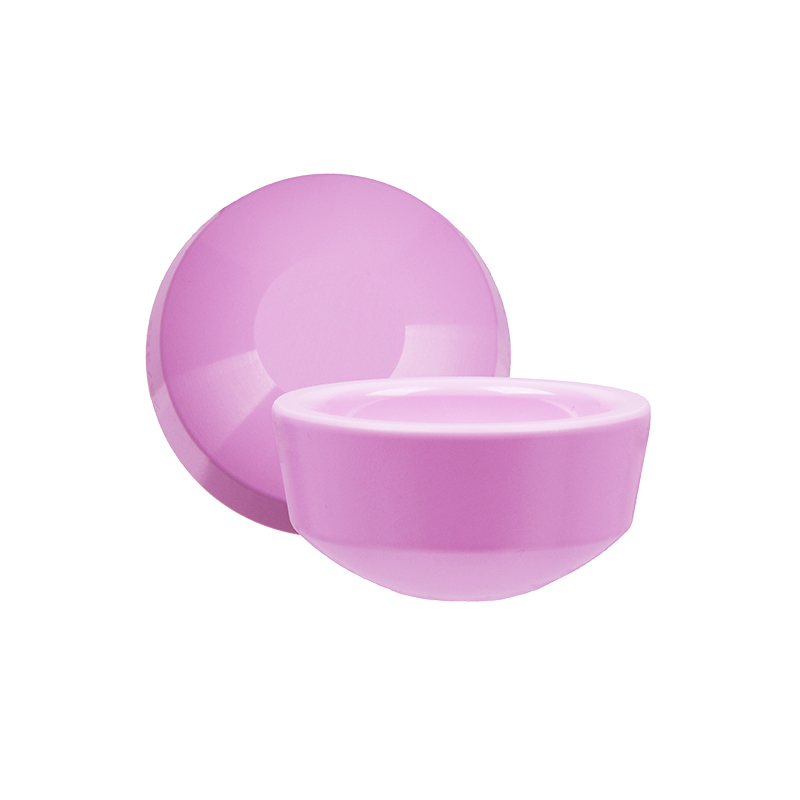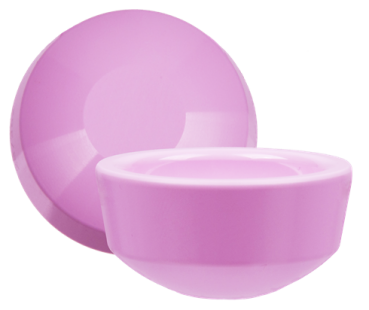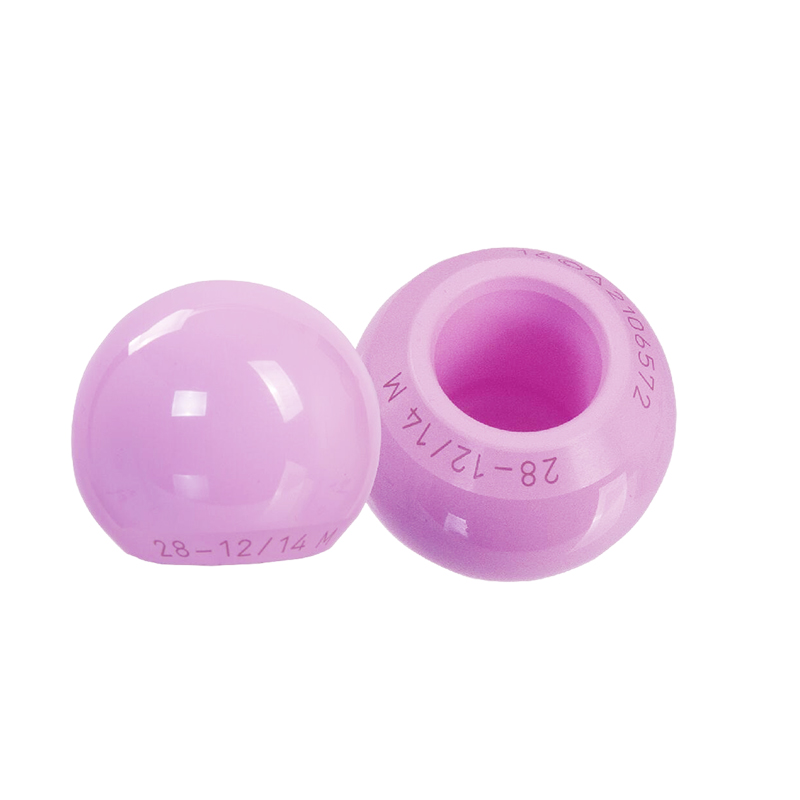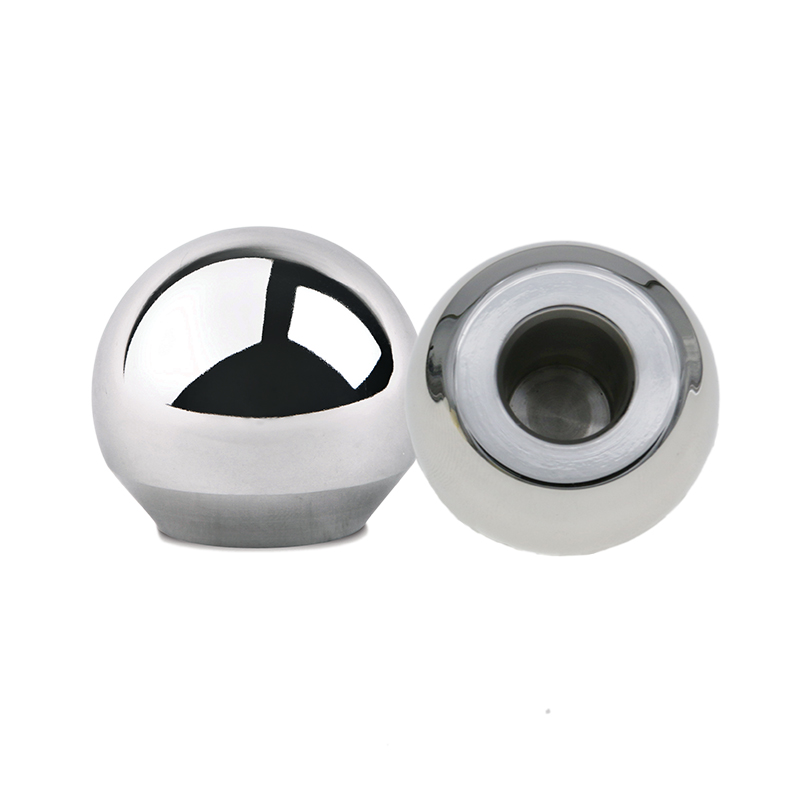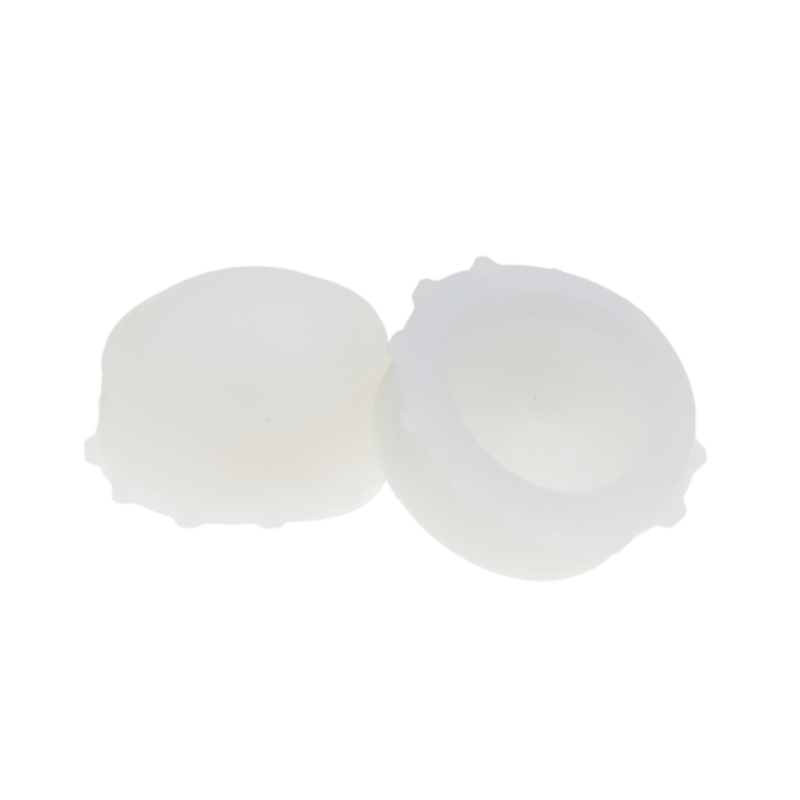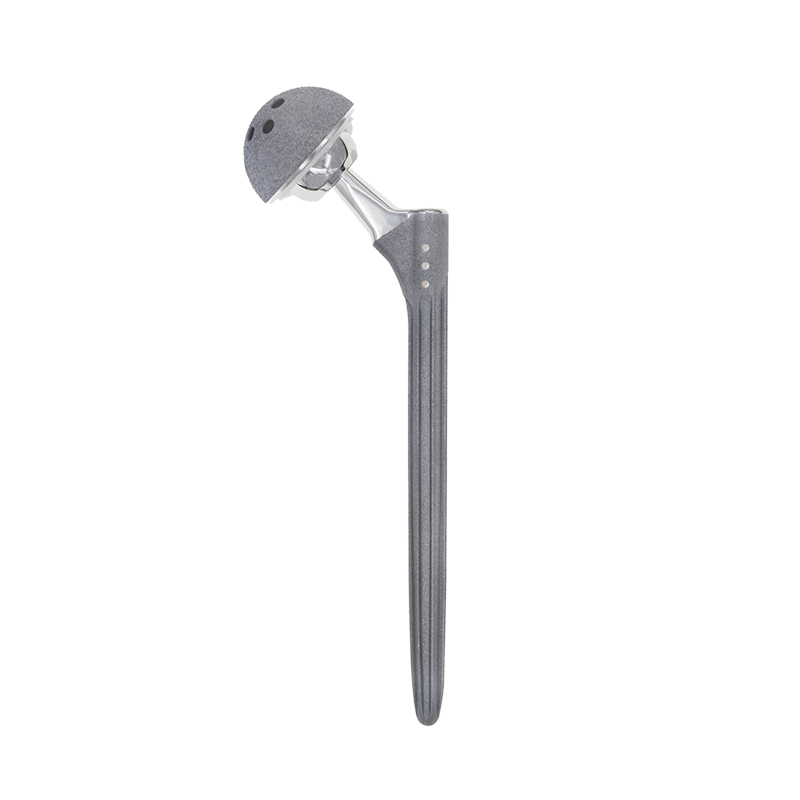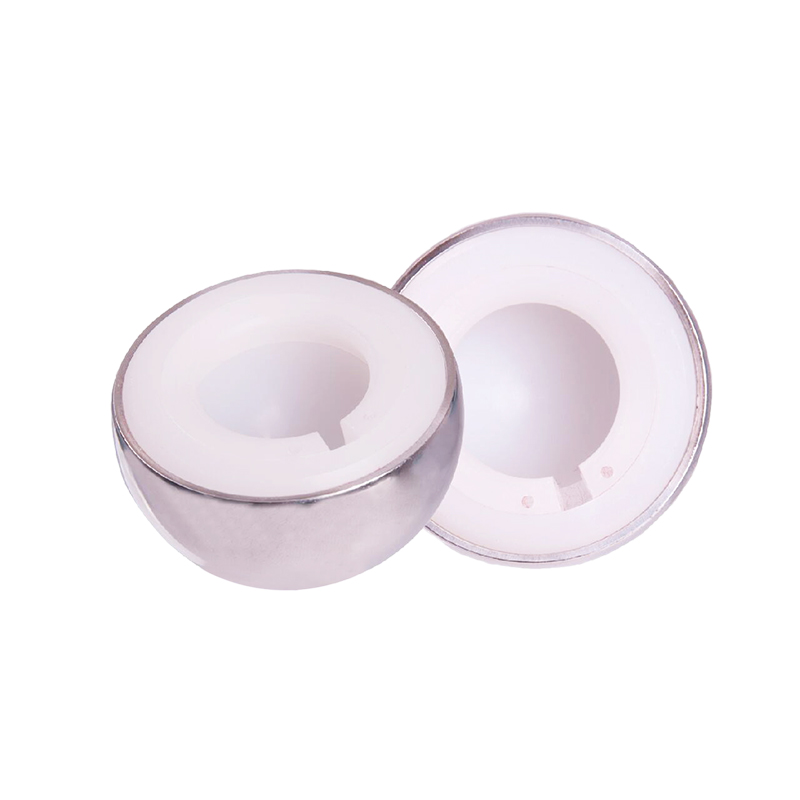CDC Ceramic Acetabular liner of hip joint prosthesis
CDC Ceramic Acetabular liner of hip joint prosthesis
Product Description

Indications
A ceramic acetabular liner is a special type of component used in total hip replacement surgery. It is the prosthetic liner that is inserted into the acetabular cup (socket part of the hip joint). Its bearing surfaces in total hip arthroplasty (THA) were developed with the purpose of reducing wear-induced osteolysis in young and active patients undergoing total hip replacement, thus theoretically decreasing the need for early aseptic loosening revision of the implant.
Ceramic acetabular liners are made from a ceramic material, usually alumina or zirconia. These materials offer several advantages over other lining materials such as metal or polyethylene:
1)Wear Resistance:
Ceramic linings have excellent wear resistance, meaning they are less likely to wear or break over time. This helps prolong the life of the implant and reduces the need for revision surgery. Reduced Friction: The low coefficient of friction of ceramic liners helps reduce friction between the liner and the femoral head (the ball of the hip joint). This lessens wear and lowers the possibility of dislocation.
2)Biocompatible:
Because ceramics are biocompatible materials, they are less likely to have an unfavorable effect on the body or to result in tissue inflammation. Better long-term outcomes for patients may result from this.
Clinical Application


